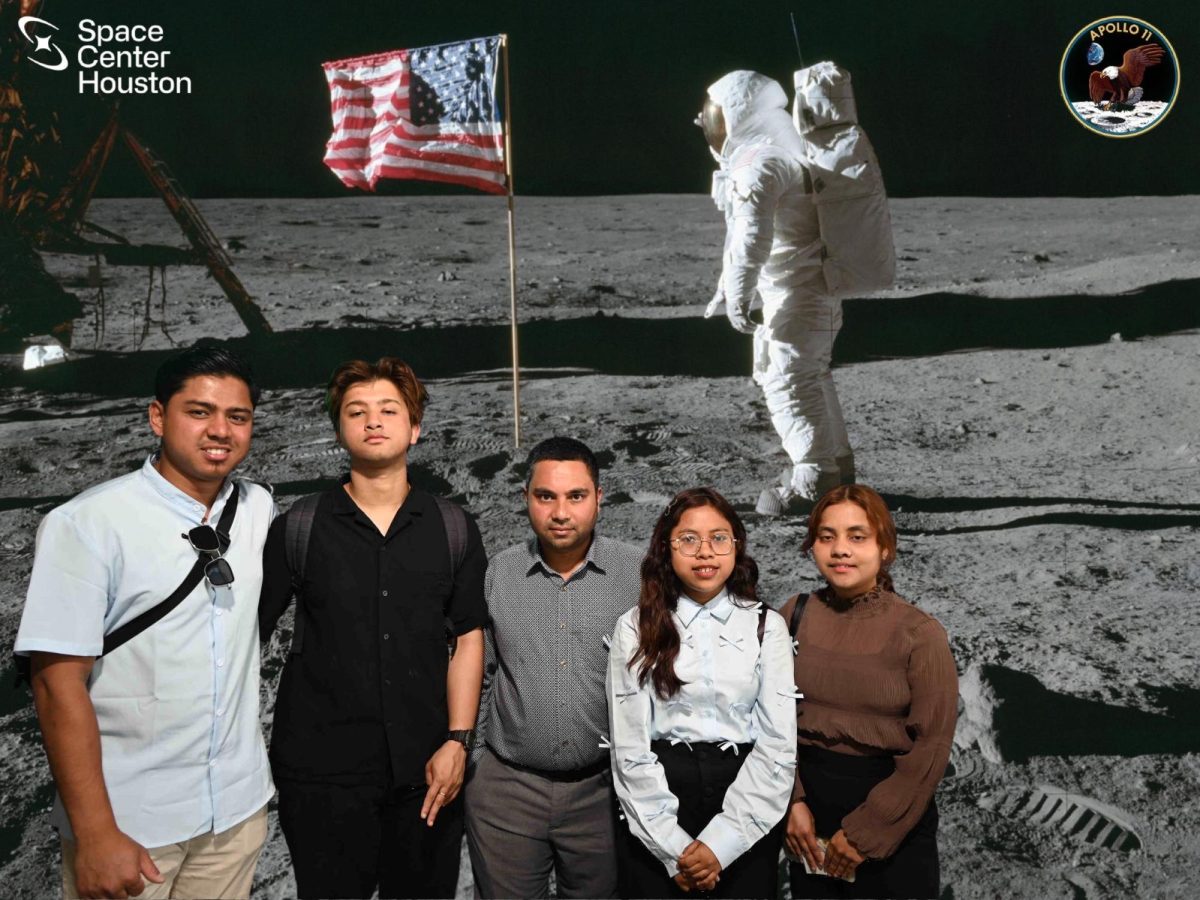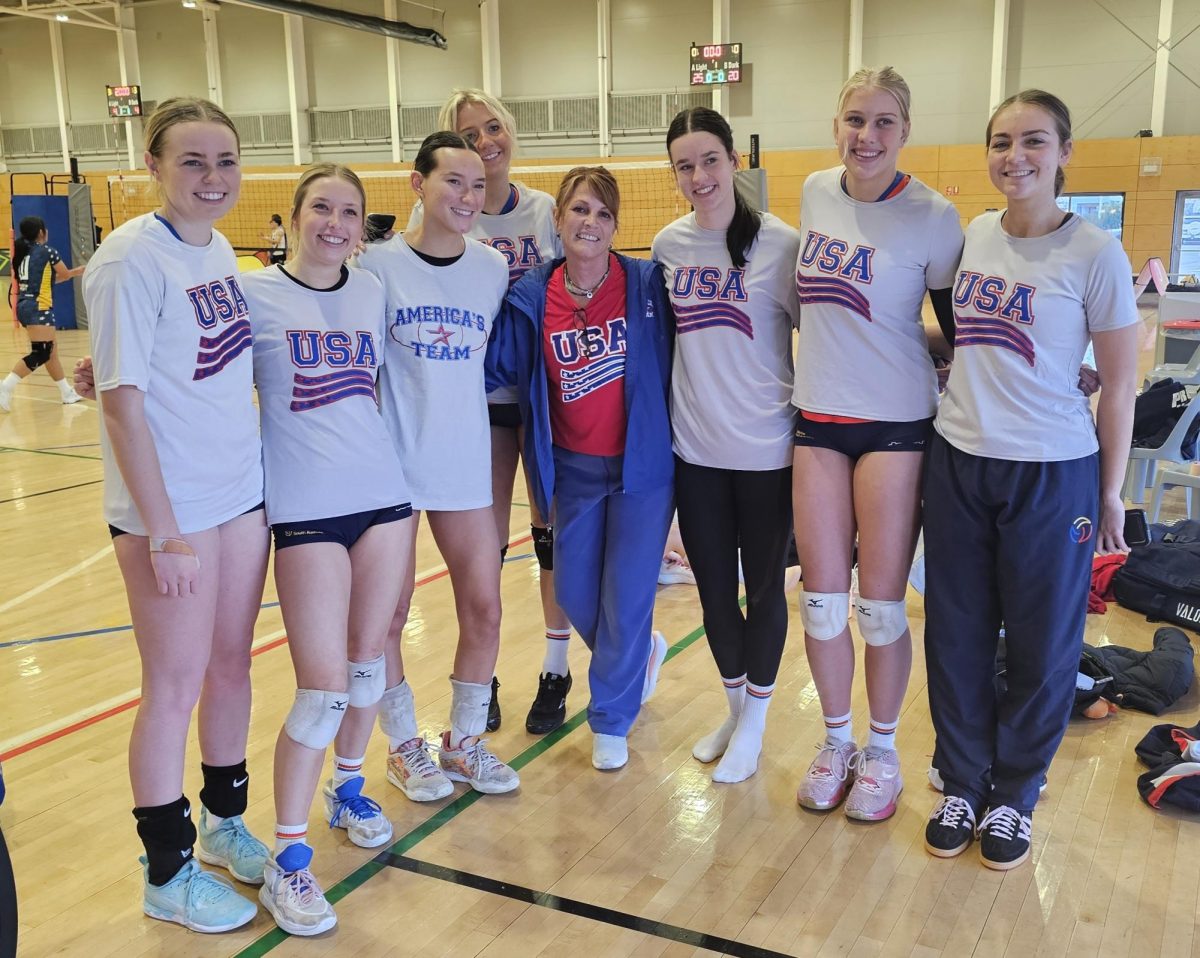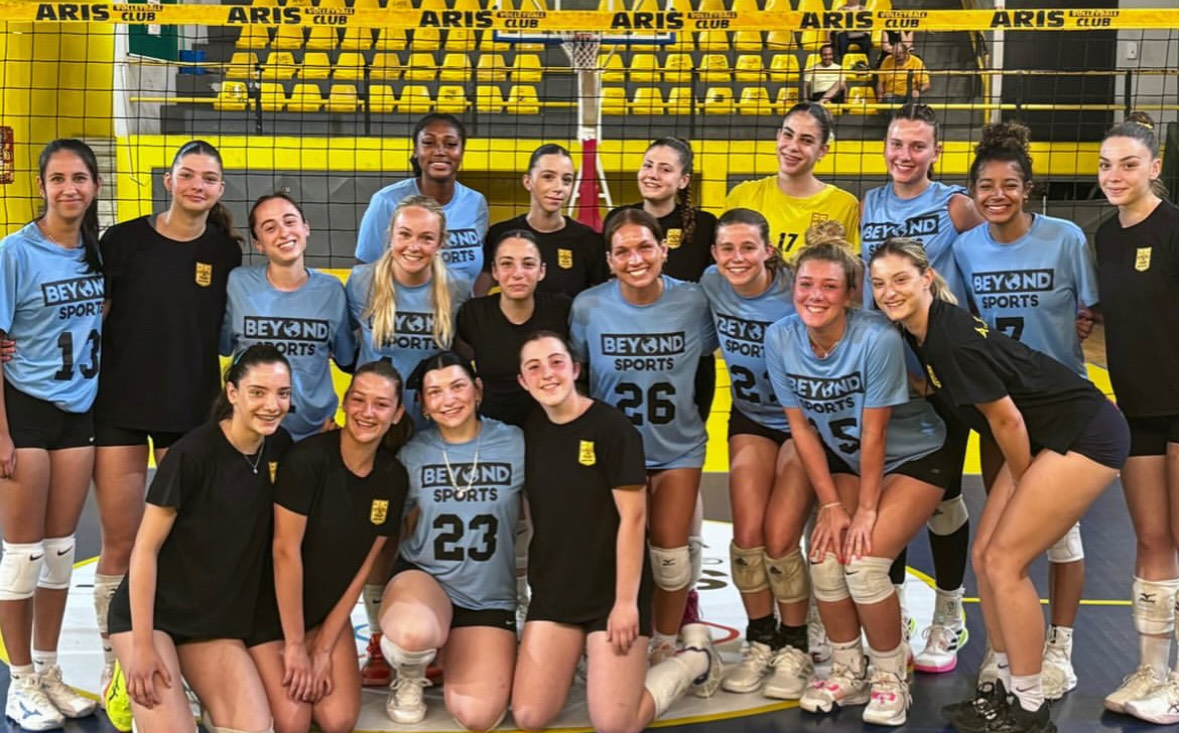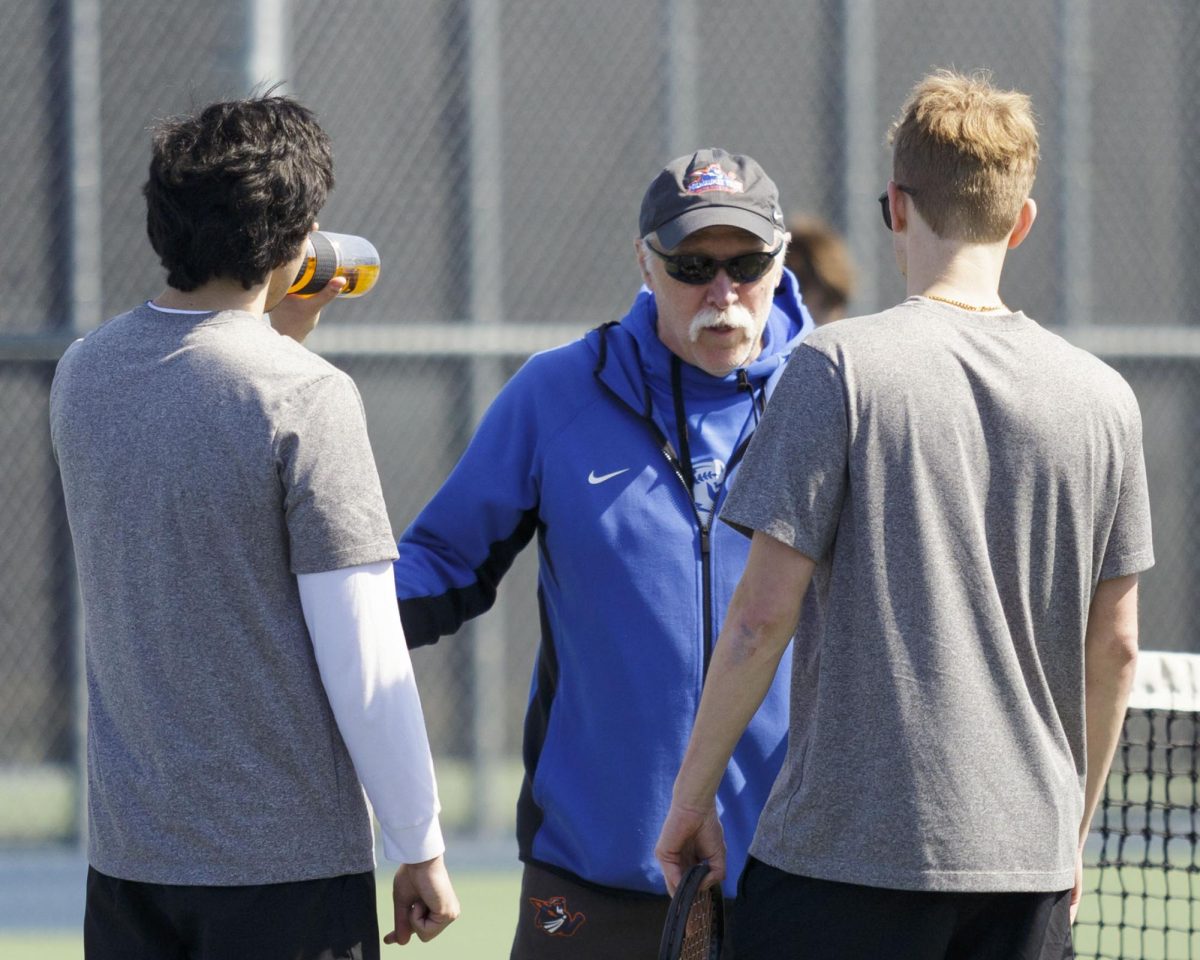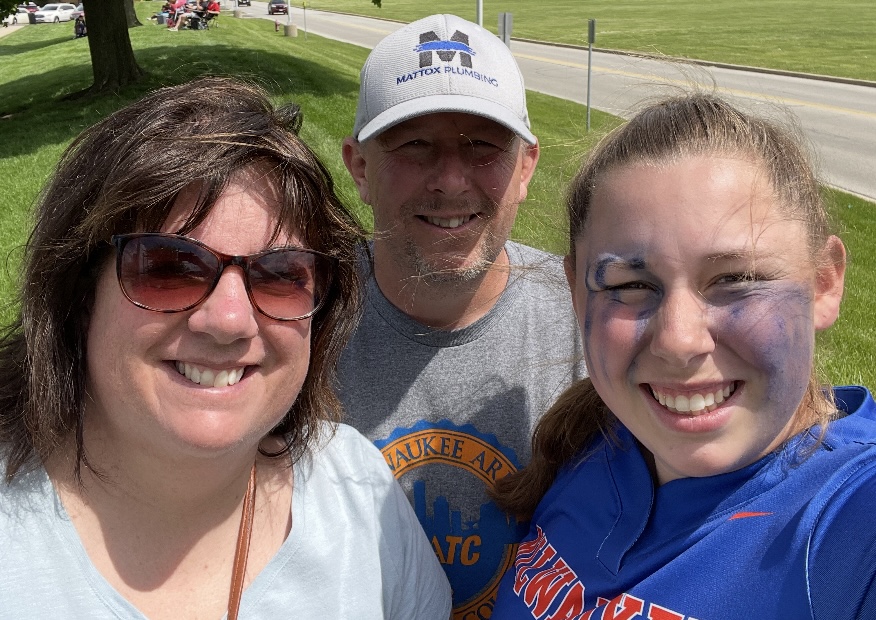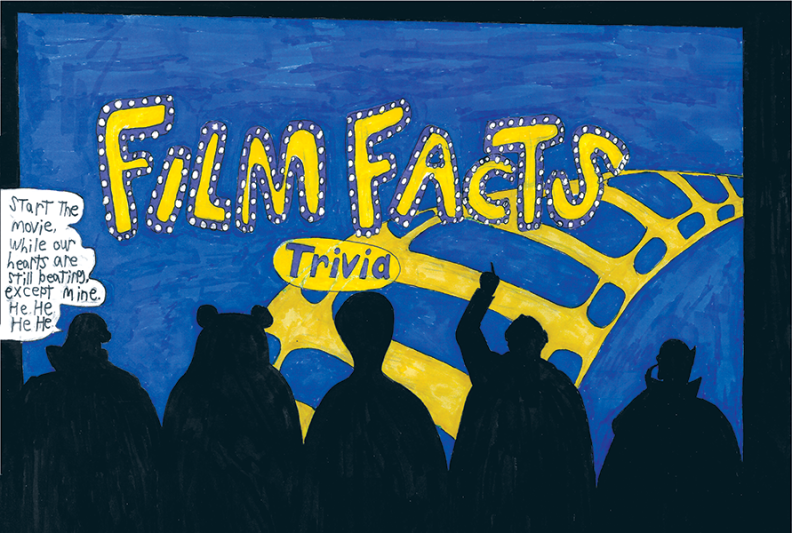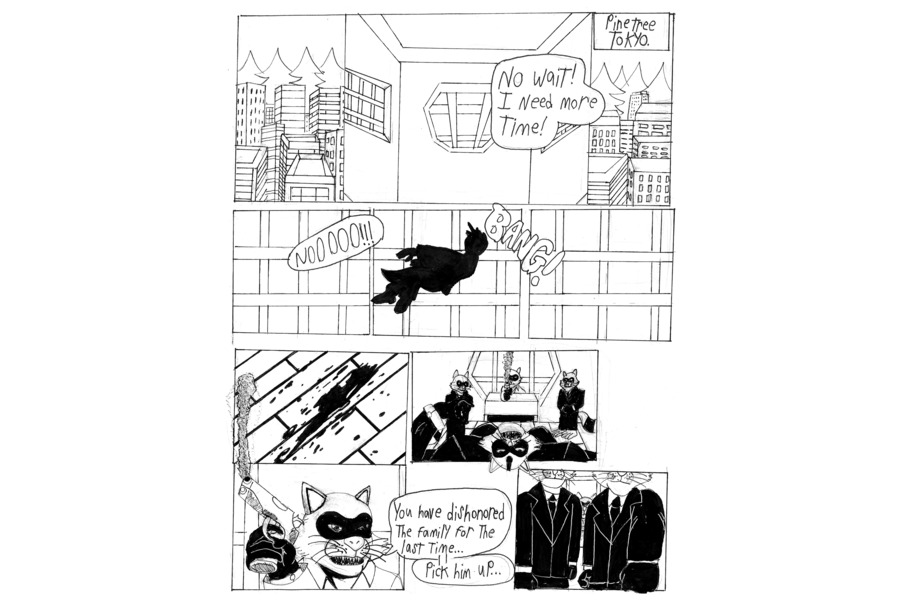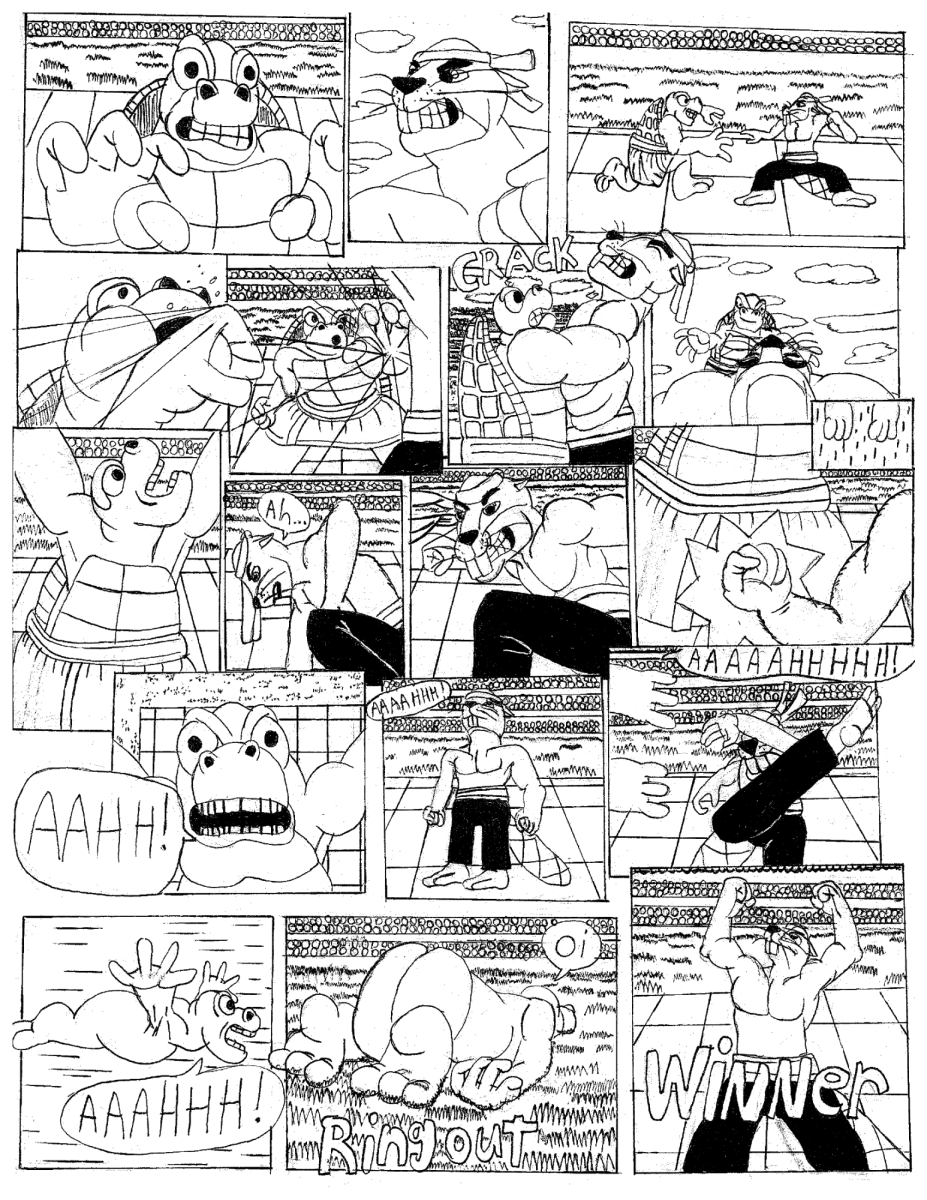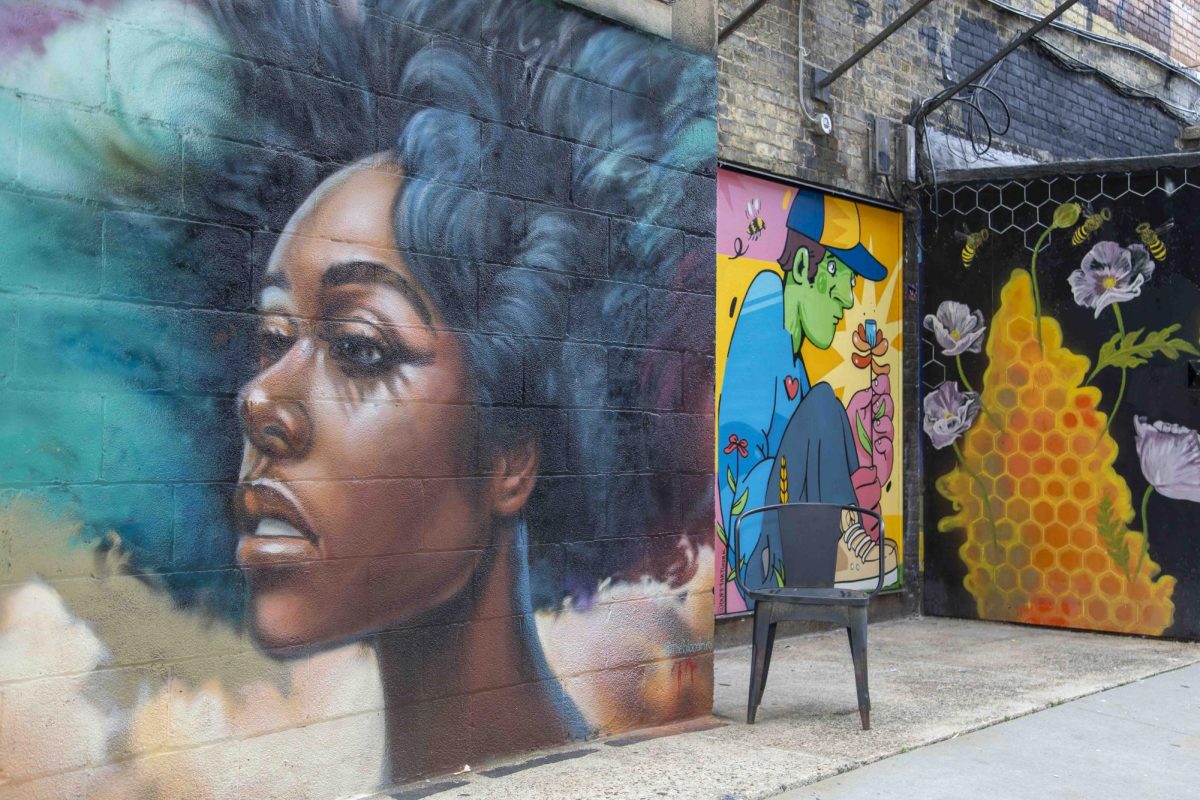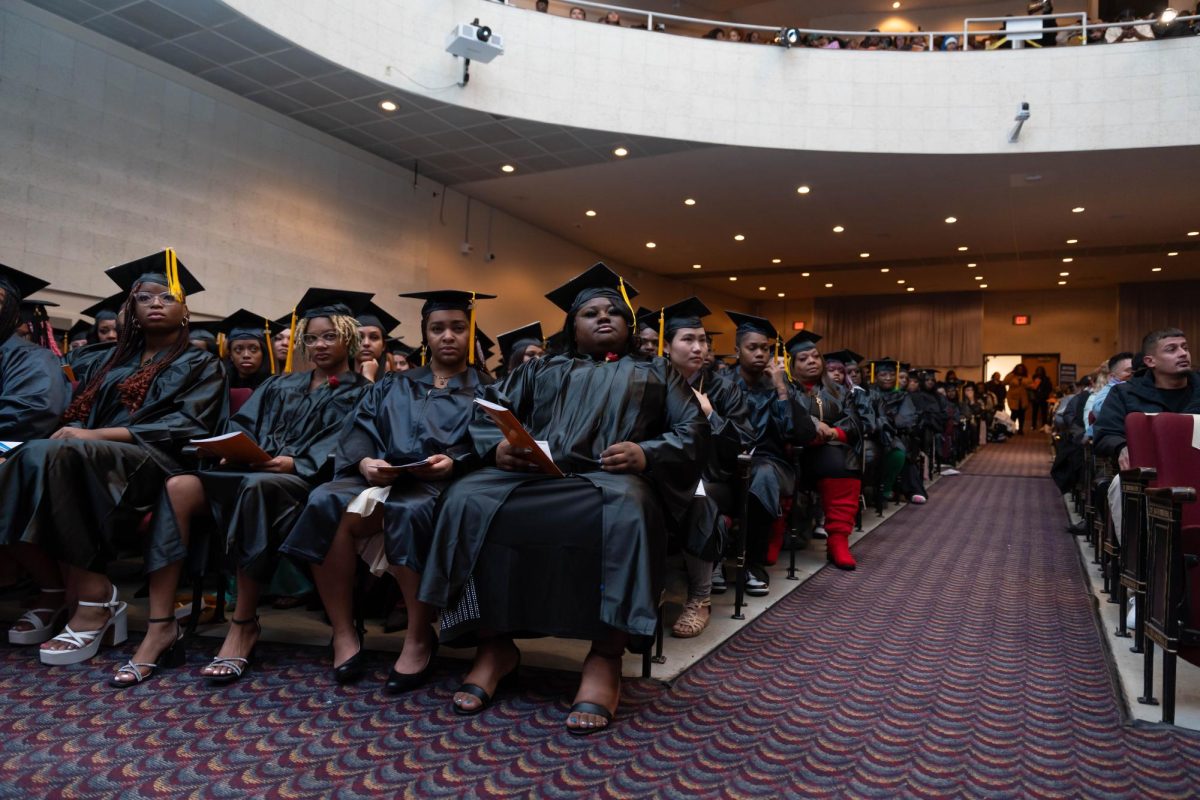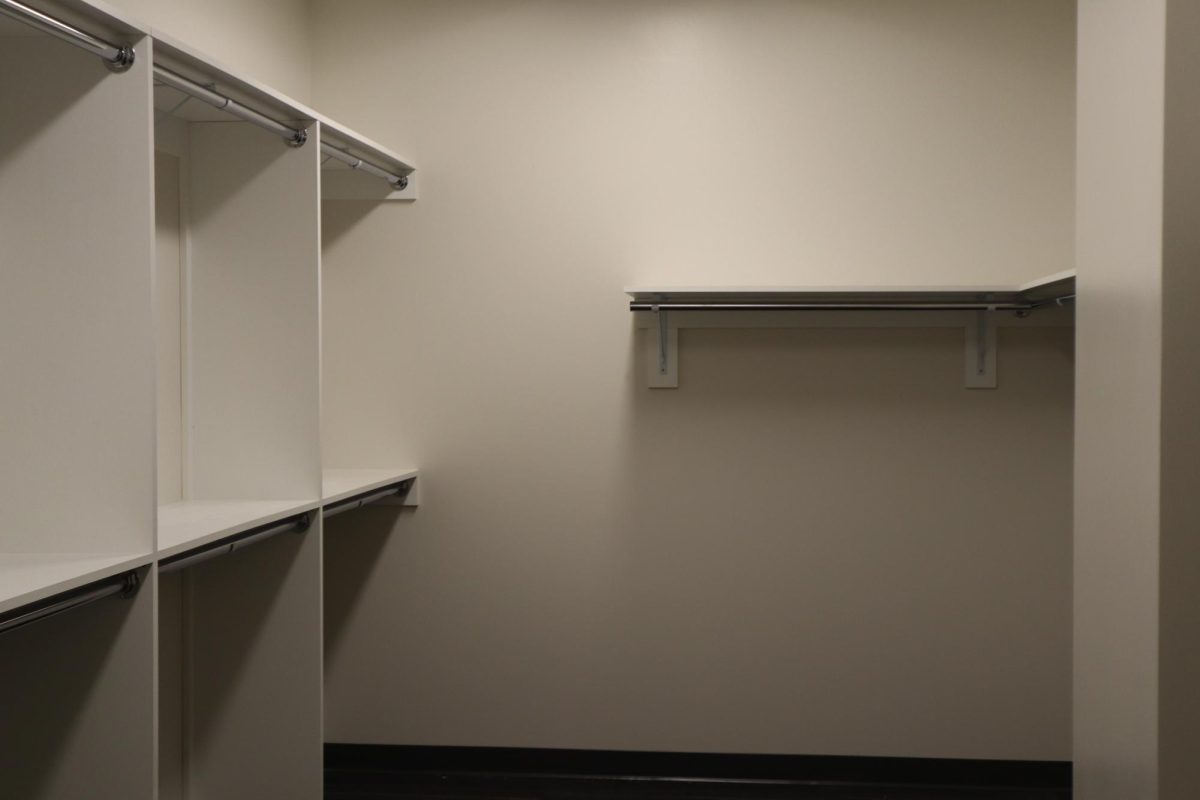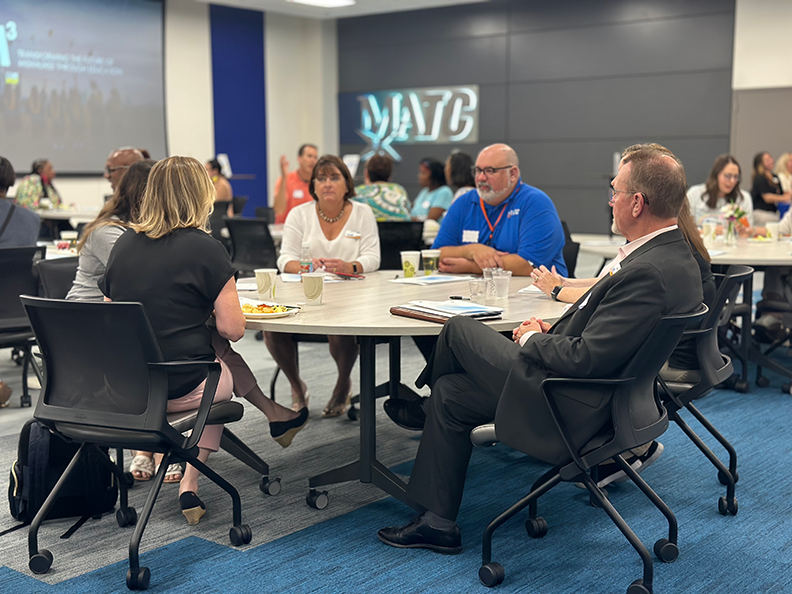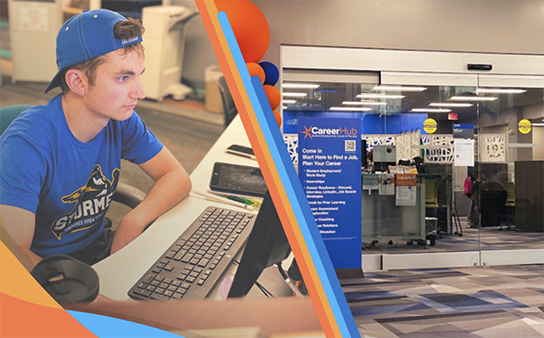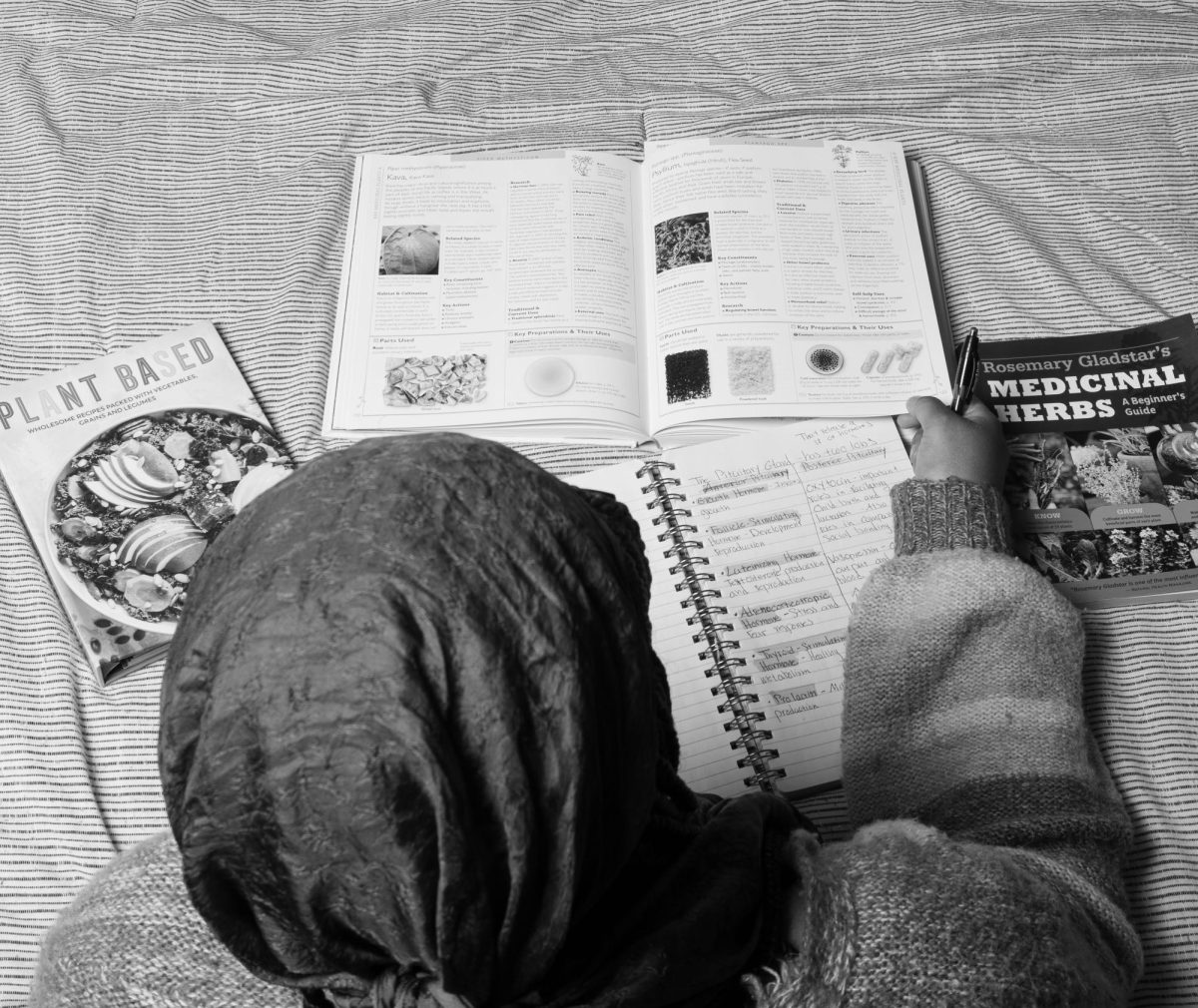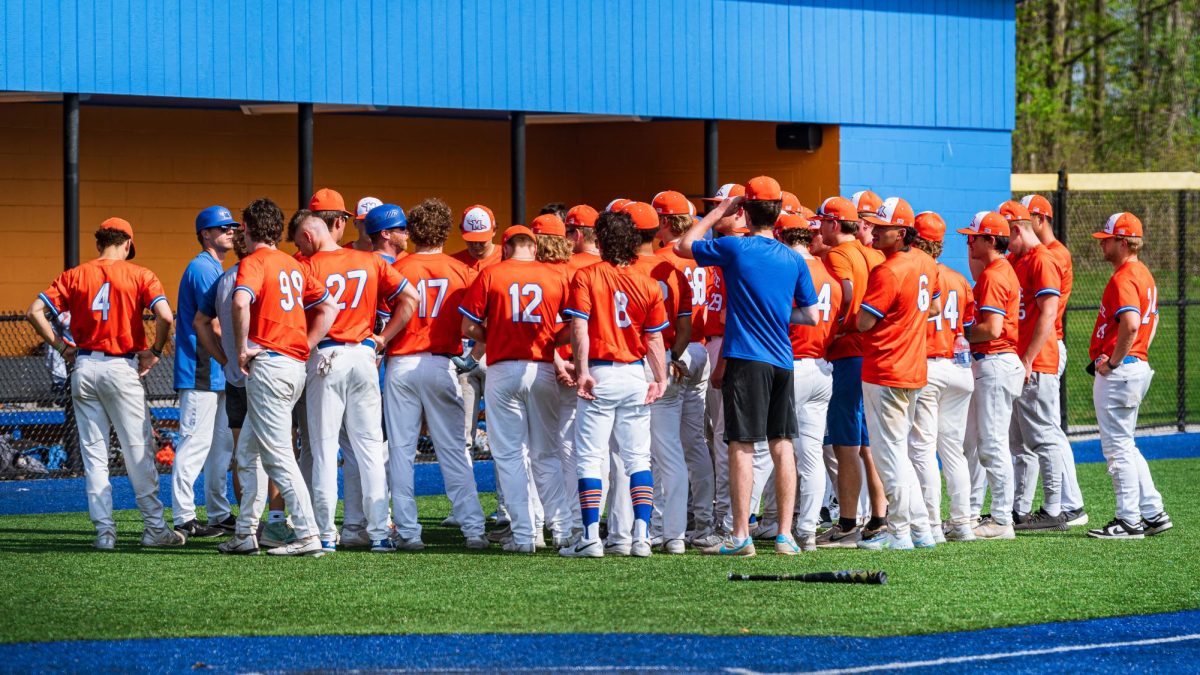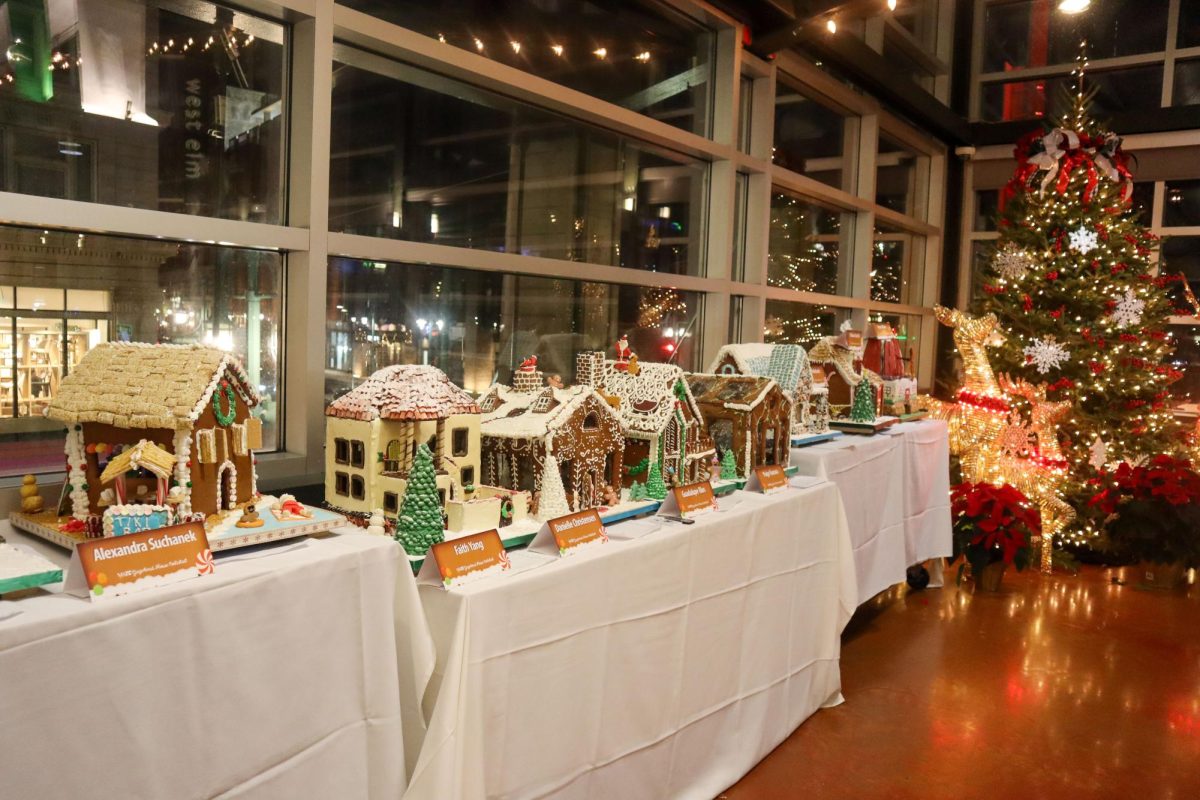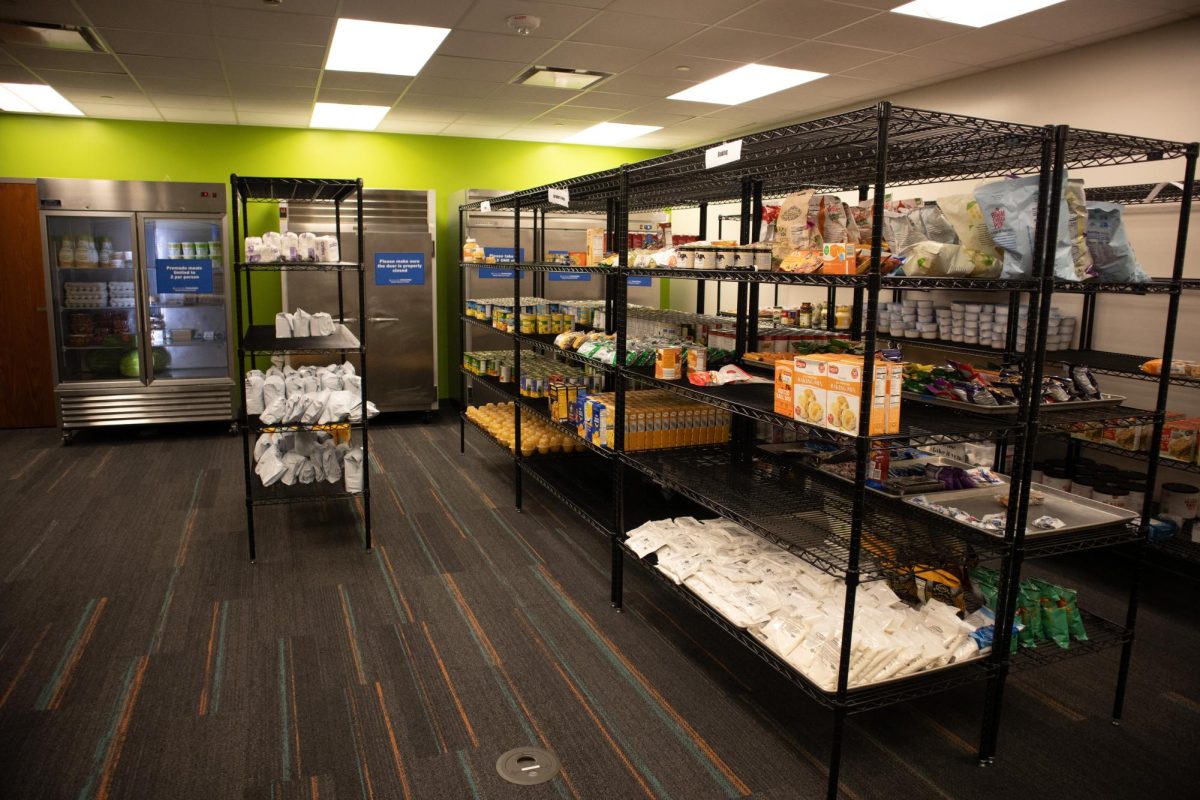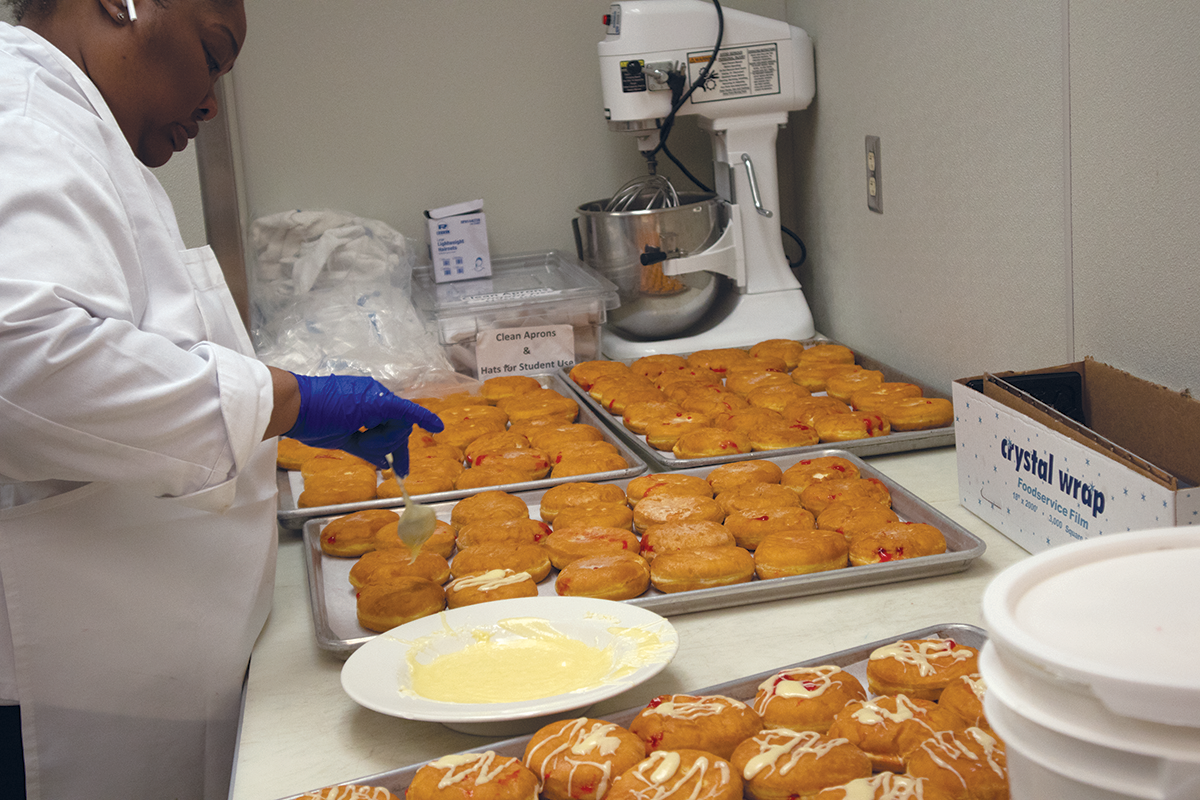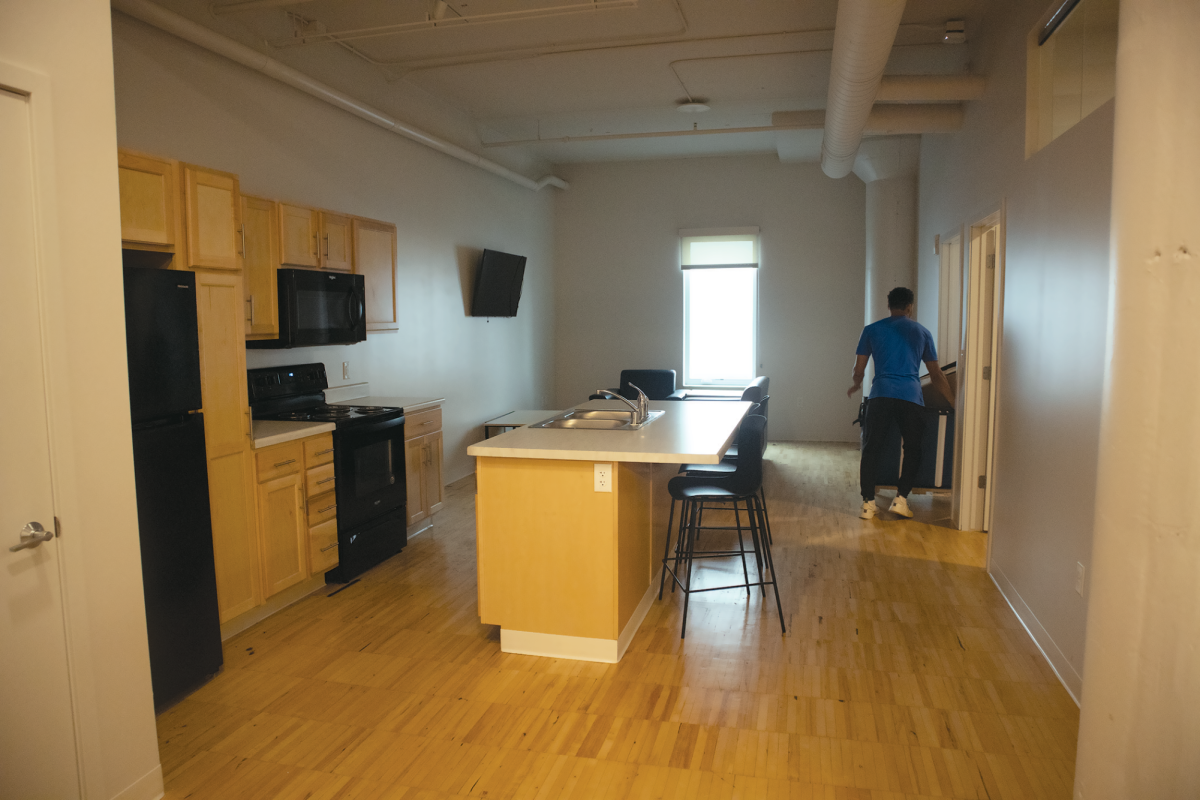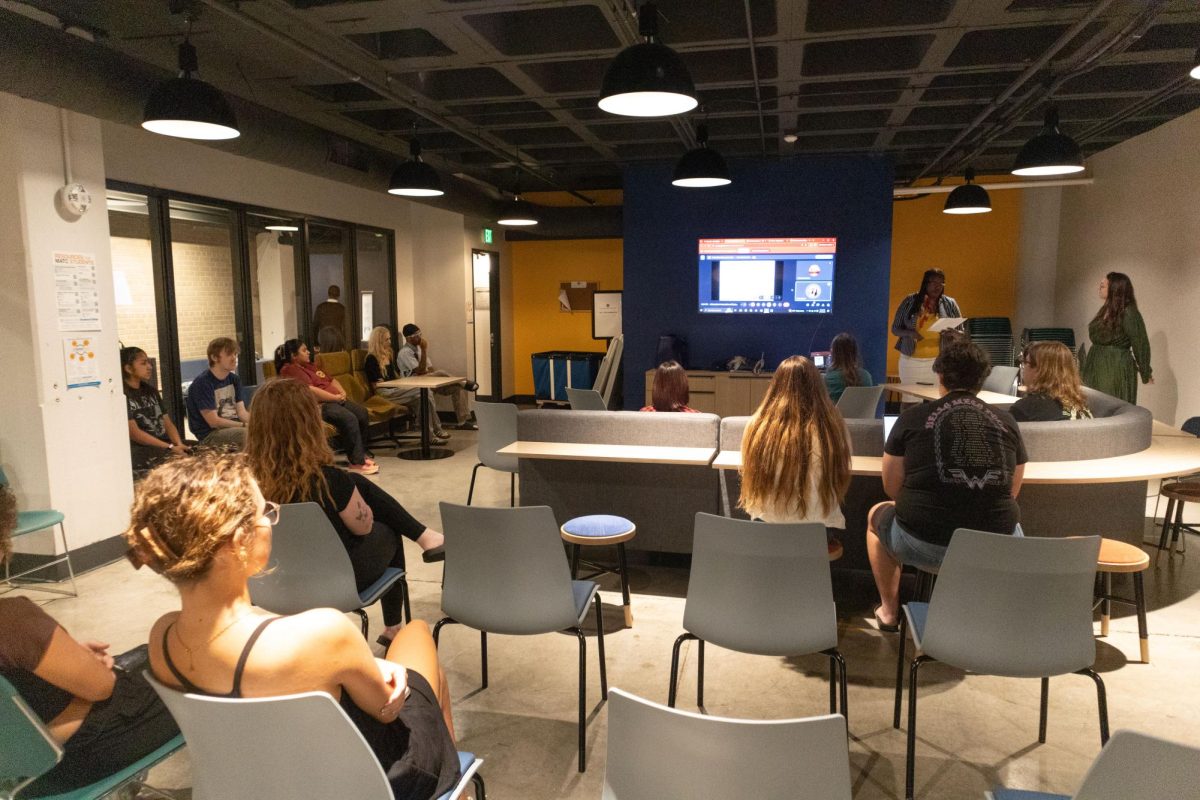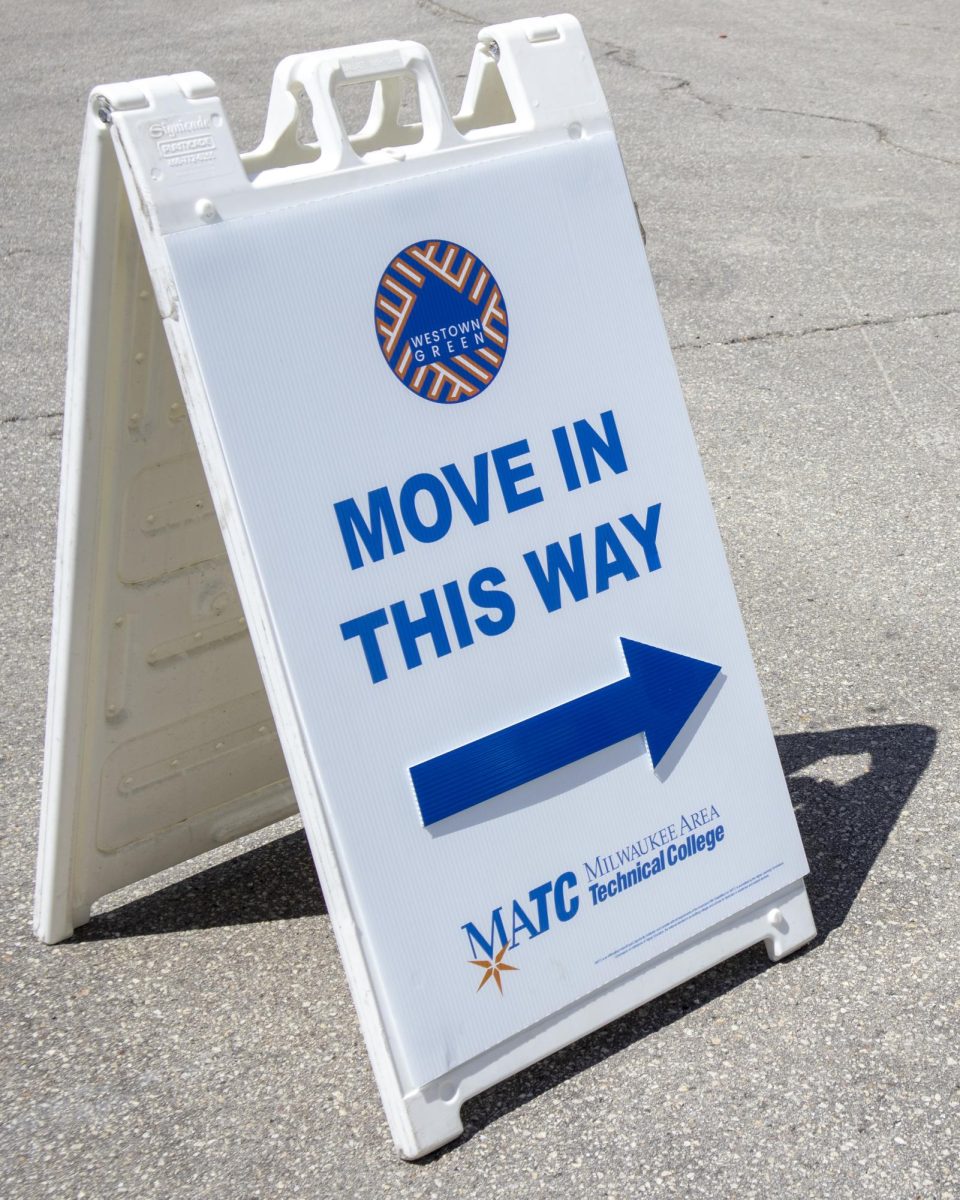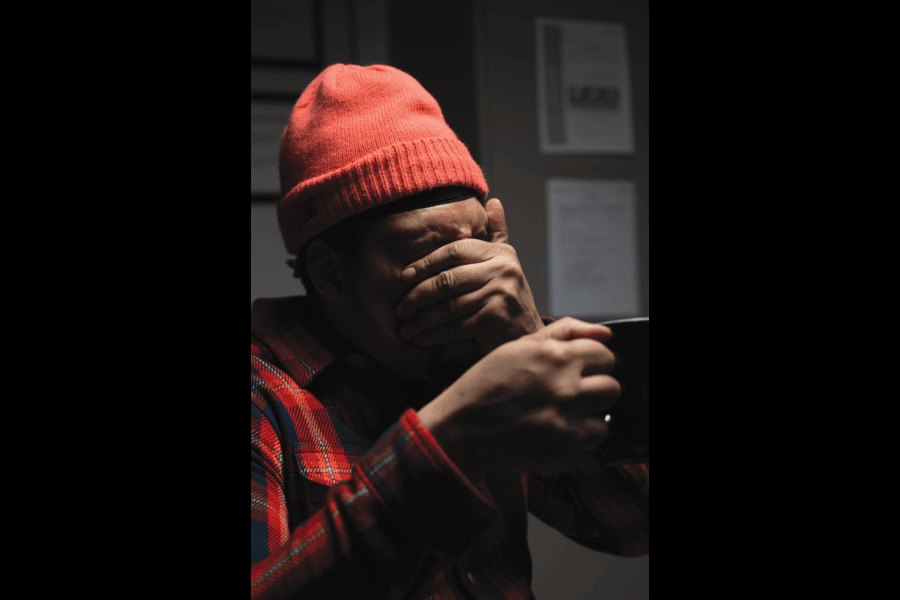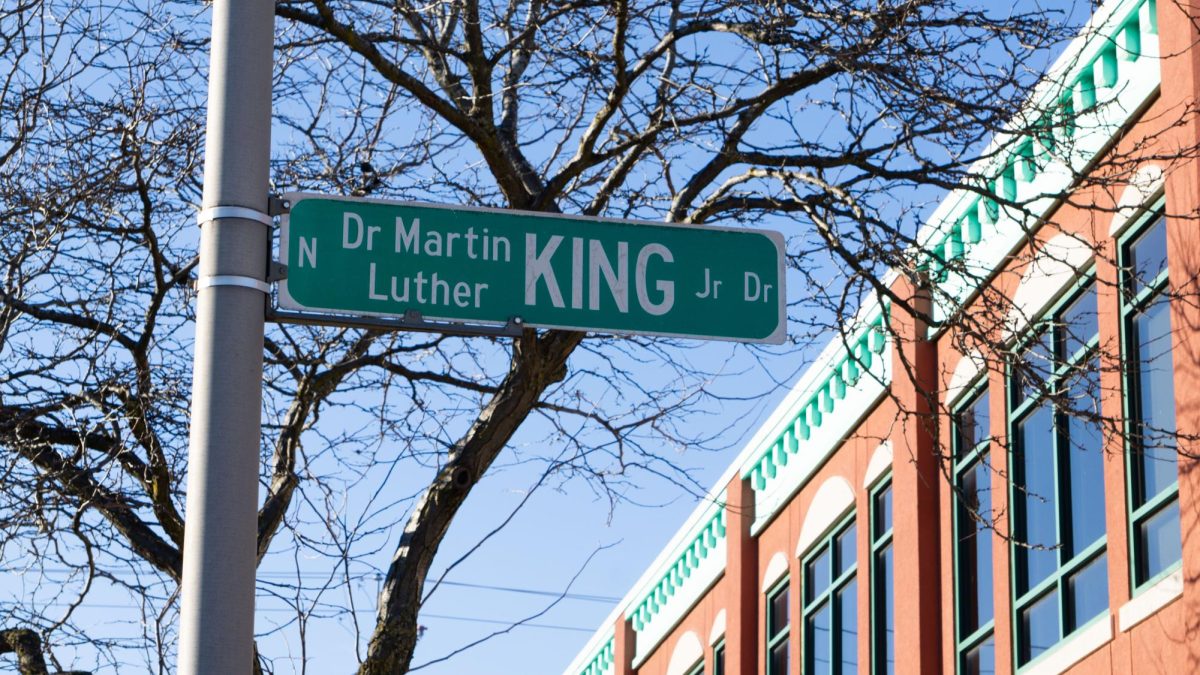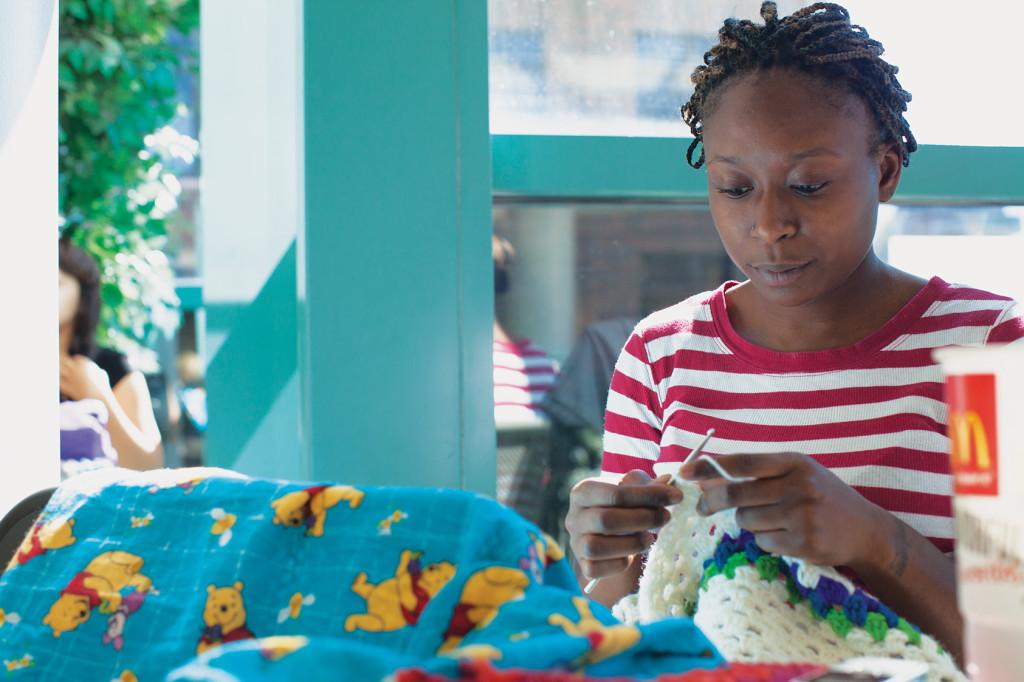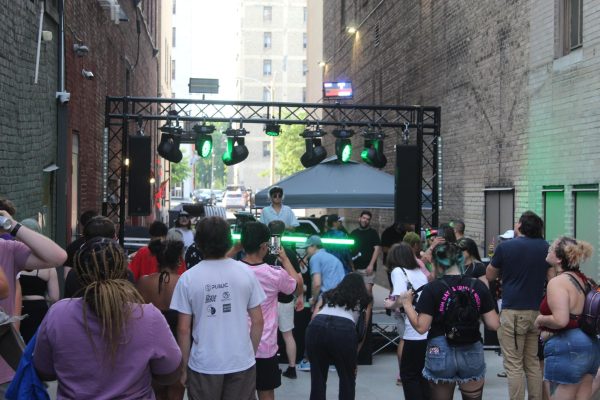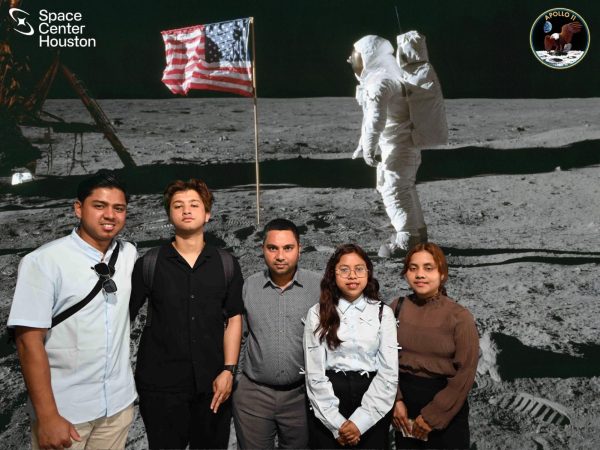Homeless students among us
Student homelessness gives us an opportunity for future developments
Photo by Evgeniya Troitskaya/Times
One of the many homeless students, Tiffani Denson.
Homeless students around our campuses are becoming more and more prevalent. They could be that person parked in the same spot day after day, the individual with that locker filled with clothes, or even the late night people huddled in the stairways. The number of homeless people is growing every year. According to U.S. Department of Housing and Urban Development, “Volume 1 of the 2012 Annual Homeless Assessment Report to Congress,” the number of homeless in Wisconsin has been increasing since 2008.
Veterans, victims of sexual abuse, and children are statistically shown in these studies across the state. Twice a year Wisconsin takes a count of their homeless [once in winter and once in summer] to determine their need for programs and assistance. The numbers can fluctuate greatly depending on the needs of the individual seeking shelter, food, or both.
Tiffani Denson, Business Management student, since the age of 22, has found herself on the street fending for survival however she could. Denson was raised in the foster care system at the age of 10; due to her issues with anger, Denson often found herself a runaway. “Due to the times I’ve been raped as an adolescent, I rebelled and acknowledged my behavioral problems which stem from that and other situations,” said Denson.
“I started MATC in 2008 straight out of high school, not having any direction in what I wanted to do, from cosmetology to fashion design. I was going to attend the Art Institute of Chicago for Fashion Design; due to my granny and mom felt that the school was too much for me due to commuting,” stated Denson.
Denson shared her aspirations and failures along the way. She takes full responsibility for not being able to support herself financially due to lack of skills.
Her trust in others is slowly diminishing due to (for lack of a better word) users taking advantage of her. Denson recalls staying with a friend and discovered that her (so-called)friend only needed her as a live-in baby sitter for her baby and her resources to food stamps. “I recall her telling me to my face, I’m only using you,” Denson disclosed.
Denson has been in and out of shelters for the past couple of years while attending classes at MATC. While being at the Salvation Army, she was persuaded by a family member to move in with them, only to be tossed out later.
At that time she was pregnant and dealing with so much stress that she had a miscarriage. She has had a total of three miscarriages.
Since school started this semester, Denson explained her living conditions, “I have been staying at homes of complete strangers, sometimes sleep at the bus shelters, but I mostly slept at a park up the street from the downtown campus,” reveals Denson.
As of yet nothing has happened to Denson, while making the streets her home.
Denson expressed, “I have fears someone would try to snatch me up, throw me into a river, or maybe rape me.” After school began, she was guided to check out one of the resources many students utilize when they encounter hardships, the Legal Clinic.
One advocate for the students with these and other particular needs is Mary O’Leary, paralegal of the Student Legal Clinic. O’Leary explains her role is that of a conduit between the students and community programs. O’Leary shared times students would come into her office because family members (especially as it gets colder) kick students out when their houses get crowded and cramped.
“Often when they come to see me, they don’t have any income or a steady job, so there is no way for them to get accommodations, so then they go into the shelter system,” O’Leary continues, “to do that they have to contact 2-1-1, in order to get a referral to the shelters. Unfortunately even now in September [when it’s warm] the shelters are filled. As it gets colder, there will be some overflow shelters opening (which means no beds, just a warm room to sit during the night) and there really isn’t case management for those individuals. So we just make sure there is a safe and warm place for them to be for that night,” stated O’Leary.
Since school commenced she has seen three homeless students (at this point she has only been back for a week and a half), and O’Leary estimates about 20 to 25 students a month approach her just on needs due to homelessness.
O’Leary expresses the biggest concern that leads to students not making the right choices with their finances, “They get their financial aid checks and are maybe paying a friend or family member to live in their home. When they run out of financial aid, that friend or family member tends to turn around and kick them right back out on the street.”
O’Leary has heard the stories about young ladies going home with men as a means to be off the streets.
According to the State of Homelessness in Wisconsin 2012: An Annual Report Prepared by the Division of Housing, Department of Administration: Race composition of Wisconsin homeless is 51% white, 41% black, and 8% other race.
In another chart it explains the proportion of homeless clients who are single versus in families. In 2012 the clients were 55% single and 45% families.
One of the most promising surveys was that of the number of veterans that were homeless, which has been decreased thanks to the Opening Doors initiative.
Our federal government has made a strong effort to keep our veterans off the streets and the Obama administration has set their goals to end veterans being homeless by 2015. Yet, we do have veterans that are currently living on the streets and attending classes at MATC.
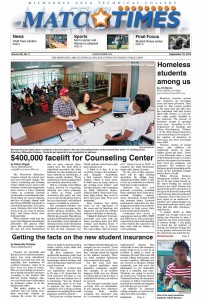
Community Advocates’ Walter Laux, director of behavioral health division, explained the mental illness aspect of homelessness.
“We take the time to make sure those who are eligible to receive disability benefits get them. Almost everyone would be eligible if someone just took the time to work with them,” said Laux.
Their job is to assist with temporary housing at Autumn West Safe Haven, a newly developed facility; once they have their benefits and some sustainable form of income, then they help them find permanent housing elsewhere in the community.
So what can we do as students at MATC, to assist our homeless colleagues find shelter and comfort while they are obtaining their degrees?
You can go to Student Government and ask about the housing agreement with UWM and how we can allocate rooms that are being leased.
They can maybe even see about getting a state rate at any of the local hotels in emergencies. They would have to find a program that could funnel our students and give them some accountability for this service to safely and successfully graduate them.

I first joined the Times in 2012. Starting as a novice reporter gave me the opportunity to explore MATC and discover many fascinating facts about the college. ...



